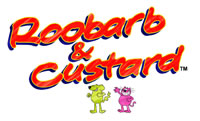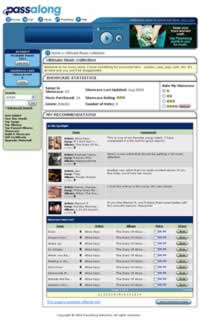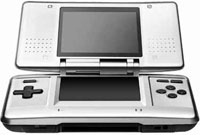AOL are working on a new own-brand web browser just as the browser wars enter a new phase. Recently, Microsoft really has shot itself in the foot – it looked like the once-bitter war was over and that just about everyone had given in to browsing and authoring the web according to Internet Explorer… but then massive security gaffs prompted users to look elsewhere.
Let’s face it, no-one dumps IE because of a lack of features – Microsoft’s browser supports just about every technology available on the web today. Users migrate to other browsers because they’re sick of having spyware and malicious scripts installed on their PCs through the many still unfixed security flaws in Internet Explorer.
Microsoft’s loss is Firefox and Safari’s gain, and the forgotten conflict for the top browser spot has been reignited.
AOL Browser, as it has been imaginatively titled, is based around IE at its core, but introduces a number of new features. Amongst them is the currently fashionable, try it once and you’ll never want to go back, tabbed browsing feature currently employed in Firefox and Safari. Instead of launching a number of instances of the browser to view multiple pages, surfers can keep everything in one window and tab between them – and even tear off tabs to drag into a new window if required.
The new browser will also incorporate Microsoft’s pop-up blocker, introduced in recent updates. The blocker simply does not execute scripts that launch a new child window unless you specifically click on a link to do so. Power Browsing features let users zoom in and out of pages and use high contrast colours for the vision impaired.
No doubt AOL’s decision to base their new offering on IE was helped by their right to use Microsoft’s browser without paying royalties for the next six years, as part of a US$750 million (€604 million) anti-trust settlement won by Netscape.
The browser will not be integrated into AOL’s software, and won’t even be tied to AOL’s internet service and content, it will instead be available as a free download to everyone. This would bring the AOL branding to a much wider audience, and encourage surfers to try out AOL’s services and features.
Google has recently denied a forthcoming GBrowser, but let’s face it – if they managed to code a secure browser that supported web standards with proper Java and plug-in support, no-one else, Microsoft included, would stand a chance.
 30-something nostalgics, rejoice: a new series of Roobarb and Custard is in production. IP owners and new series Executive Producers, A+B Productions have started work at Monster Animation Studios in Dublin. To be distributed by Celador, Roobarb and Custard Too uses hand-drawn and hand-animated cells coupled with modern production processes to produce a cartoon that is faithful to the original series.
30-something nostalgics, rejoice: a new series of Roobarb and Custard is in production. IP owners and new series Executive Producers, A+B Productions have started work at Monster Animation Studios in Dublin. To be distributed by Celador, Roobarb and Custard Too uses hand-drawn and hand-animated cells coupled with modern production processes to produce a cartoon that is faithful to the original series.
 Announced last January, the Nintendo DS goes on sale in the US on 21 November and in Japan on December 2nd, with a price tag of $149.99 (~£84, ~€122), while Europe must wait until early 2005.
Announced last January, the Nintendo DS goes on sale in the US on 21 November and in Japan on December 2nd, with a price tag of $149.99 (~£84, ~€122), while Europe must wait until early 2005.